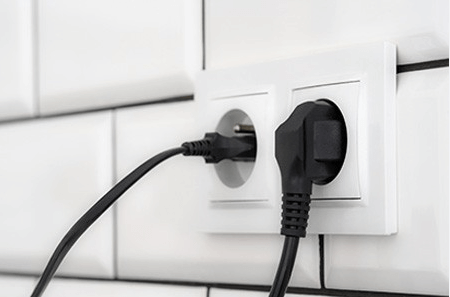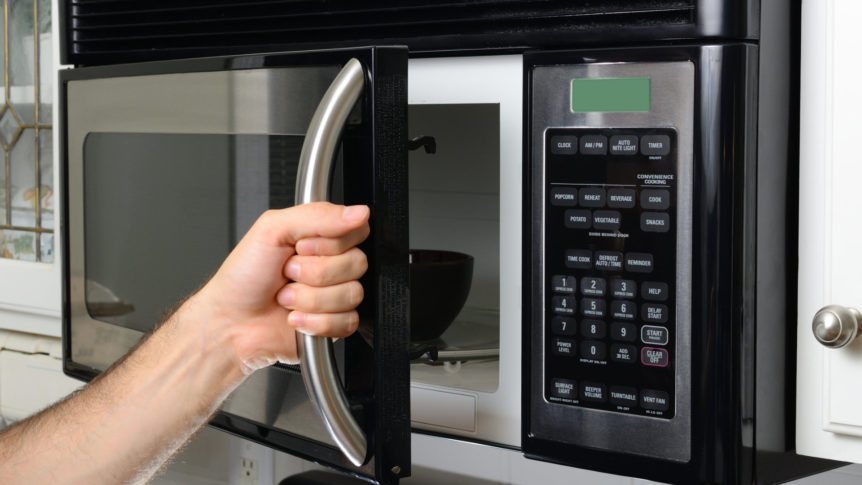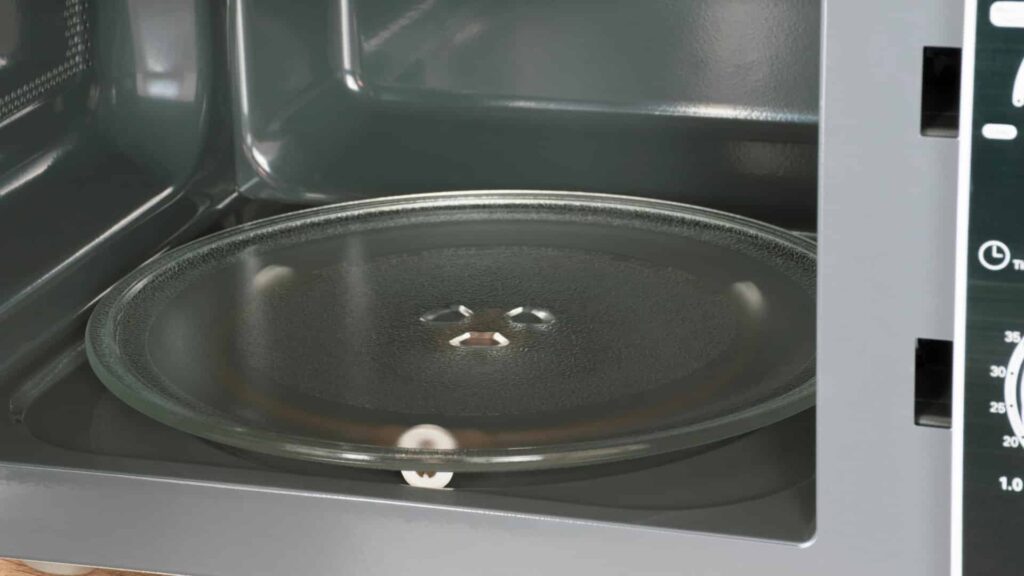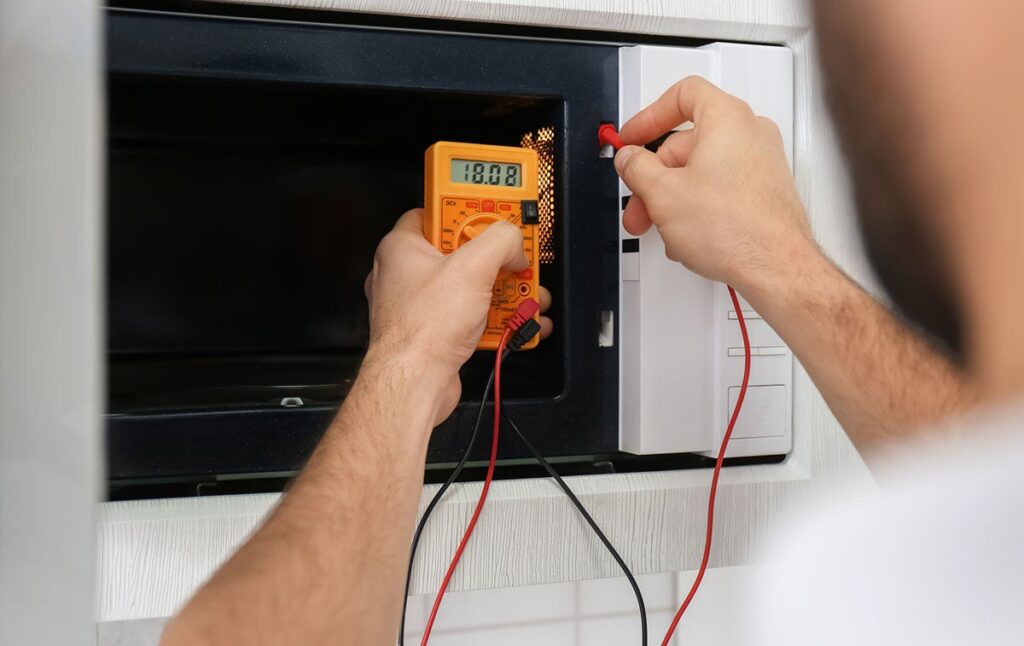Microwaves are a staple in most kitchens, saving us time and hassle when it comes to reheating or cooking meals. But what happens when your trusty microwave suddenly stops working? Before you rush out to buy a new one, pause for a moment. There’s a good chance that a simple fix could save you both money and frustration. Here are five quick checks to try before declaring your microwave a lost cause.
1. Is the Power Source the Problem?

Check the Power Cord and Outlet
It might sound obvious, but sometimes the simplest answer is the right one. Make sure your microwave is properly plugged in and that the cord hasn’t worked its way loose behind the appliance. While you’re at it, examine the cord for any signs of visible damage—fraying or exposed wires can prevent your microwave from powering on and may even be dangerous.
Test the Outlet
To rule out issues with the wall outlet, unplug the microwave and try plugging in another device, like a lamp or a phone charger. If the second device also doesn’t work, you may have a blown fuse or tripped circuit breaker in your home’s electrical system. In that case, check your circuit breaker box and reset it if needed.
2. Inspect the Door and Its Latch

Door Not Closing Properly?
Microwaves have built-in safety mechanisms that prevent them from operating if the door isn’t closed securely. Open and close the door firmly—listen for a click or snapping sound, which indicates the latch is engaging properly. If the door feels loose or the latch seems stuck, that could be the root of your problem.
Examine the Door Switch
If your microwave still isn’t responding, the internal door switch may be faulty. While testing this part often requires a bit more technical skill (and sometimes a screwdriver), some users are comfortable inspecting or cleaning the door switch area if there’s visible food debris or grime causing it to stick.
3. Is the Turntable Stuck or Jammed?

Remove and Realign
Sometimes, the issue is as simple as the turntable being off its track. Take out the glass tray and roller ring, then clean any debris underneath. Realign everything carefully and test the microwave again. If the turntable isn’t spinning, your microwave may refuse to start.
Listen for Unusual Noises
If you hear grinding or scraping sounds when you try to use your microwave, stop immediately—this could indicate something jammed underneath the tray, or a worn-out roller.
4. Check the Control Panel
Buttons Not Responding?
If the buttons or touchpad aren’t responding, there may be a temporary electronic glitch. Try resetting your microwave by unplugging it for 60 seconds, then plugging it back in. This simple “hard reset” can sometimes clear minor issues, much like rebooting a stubborn computer.
Child Lock Feature
Many modern microwaves include a child lock feature to prevent accidental operation. If your display shows a key icon or the word “LOCK,” consult your user manual for steps to disable this mode.
5. Is It Time for a Professional Repair?
When DIY Isn’t Enough
If you’ve run through all the basic checks and your microwave still won’t cooperate, the issue might be internal—like a blown fuse, faulty magnetron, or another electrical component. Unless you’re experienced with appliance repair, this is the point where it’s safest to consult a professional. Remember, microwaves can store high-voltage electricity even when unplugged.
Cost vs. Replacement
Sometimes, the cost of a repair can approach or exceed the price of a new microwave. Weigh your options—if your appliance is several years old or a budget model, replacing it might make more sense. On the other hand, if you have a high-end or built-in microwave, a repair could be a smart investment.
Conclusion
It’s easy to panic when an everyday appliance stops working. However, with a little troubleshooting, you may be able to get your microwave back in working order without spending a dime. Start with these five quick checks, and you might just save yourself a trip to the appliance store—and a chunk of change in the process.

